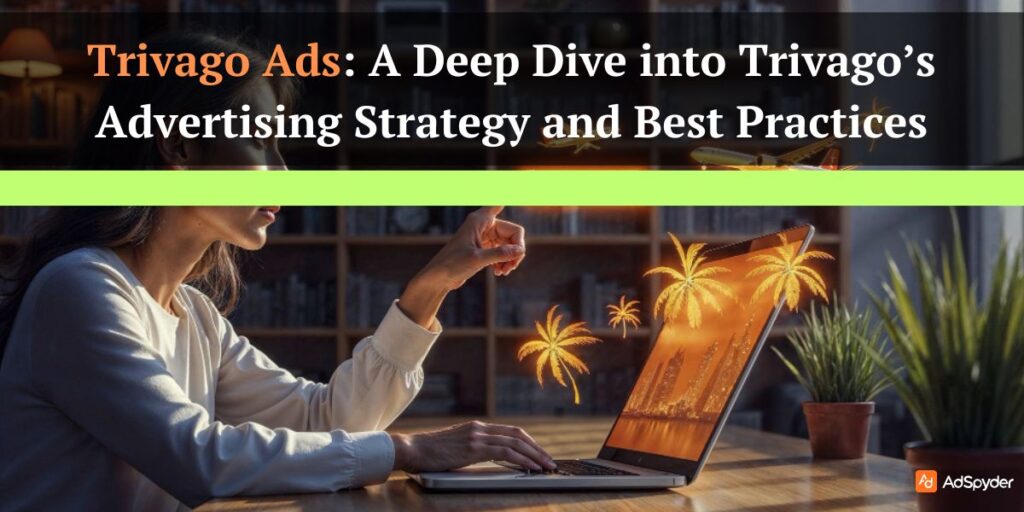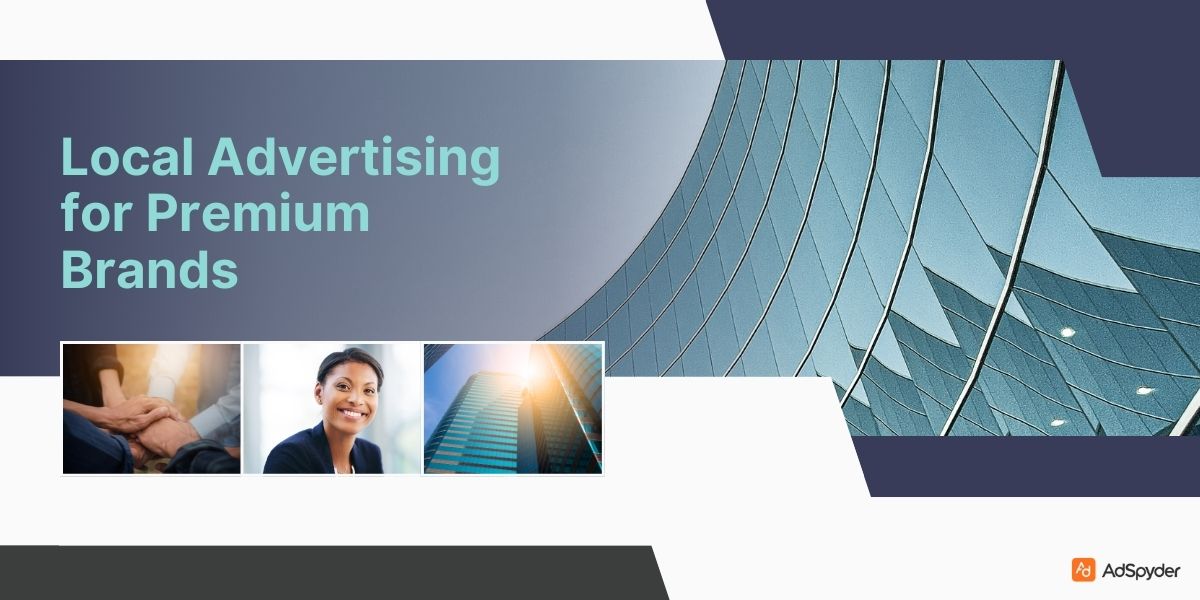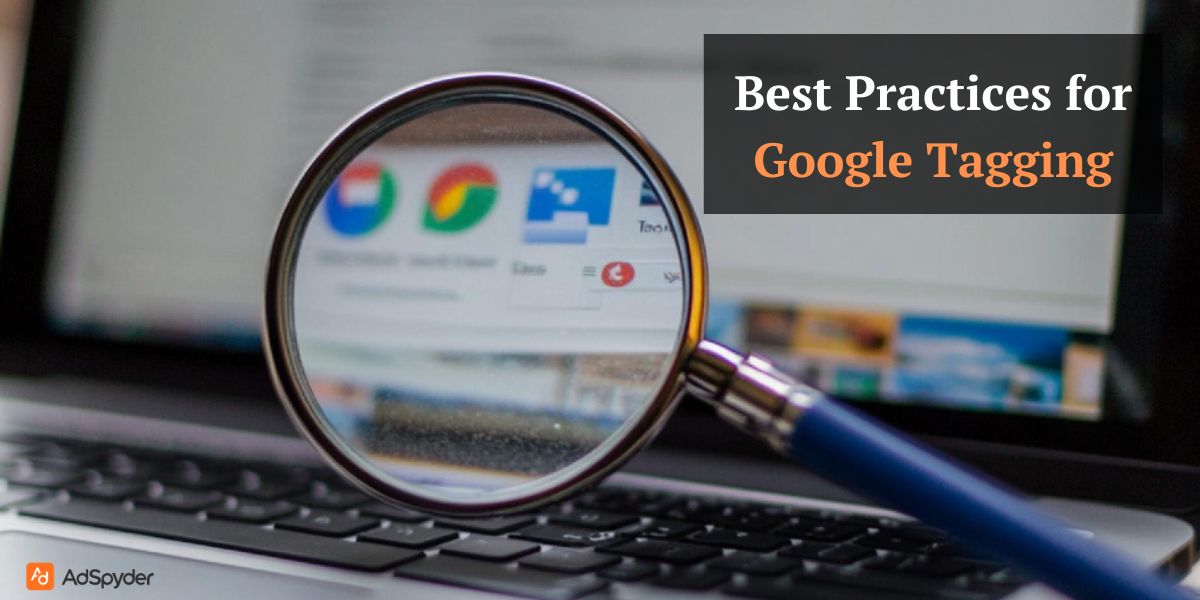Trivago is an online hotel comparison platform that makes it easier for travelers to explore the best deals in different hotels by comparing several prices across various booking platforms. However, Trivago Ads is not just about price comparison. Trivago has built brand awareness and loyalty among consumers through its unique advertising campaigns, as it occupies an environment bogged down by competitors like Booking.com, Expedia, and Airbnb.
Ready to Elevate your Marketing Strategy?
With its crisp messaging and catchy advertising tactics, Trivago has positioned itself as the perfect platform for travelers searching for hotel deals. In this article, we will see how Trivago’s advertising campaigns evolved over a period of time, as well as the strategies, messaging, and core principles that have laid the foundation for its success. Dive right into some of the key campaigns, marketing lessons that marketers can learn from Trivago’s approach, and some takeaways to roll out effective advertising campaigns.
Overview of Trivago’s Advertising Strategy
Trivago’s promotion is based on an effective formula of simplicity and value, giving tourists the means to find the best hotel prices with a click. The mission was simple: provide ease of hotel booking by retrieving the best prices from hundreds of sites in one product. The core value proposition for Trivago is clear from the advertising; even the audience is convinced that it should prefer Trivago over other travel booking websites.
Simple and Direct Messaging
Trivago’s ads have tallied up quite a reputation for their simplicity and straightforwardness. The organization has avoided labyrinthine plots or jaw-dropping visuals and instead served simple, direct messages with straightforward answers to the questions raised by the travelers. It’s best exemplified in the company tagline: “Hotel? Trivago.” A short, catchy line stands out for its ability to cement the brand’s focus on hotels and the nature of price comparison.
This simplicity has allowed Trivago to stick out in an industry where competition generally mixes and blends a whole lot of features of their services together. Thus, this sharp focus has made Trivago synonymous with hotel booking, which increases brand recall while enabling customers to remember and recognize the brand easily.
Data-Driven Advertising
Trivago depends entirely on data analytics to develop advertisement strategies. Based on their user behavior, preferences, and patterns of booking, it would target the ads accordingly and make sure that the message in relation to the ad converts right. For instance, through this data, Trivago makes sure that the conversion potential is high as a digital ad is more probable and has a greater prospect with personalization depending upon user location, preference, or even the history of what one has searched before.
Data-driven advertising also allows Trivago to continually refine its campaigns, making adjustments based on performance metrics like click-through rates, conversion rates, and ROI.
Related: Ten Paid Omni Channel Marketing Strategies
Multi-Channel Marketing Approach
Trivago uniquely channels its marketing to ensure great visibility and wide reach. The brand utilizes this methodology:
- TV Ads: Trivago is probably most famous for its frequent TV ads, intended to build brand recognition and reach as wide an audience as possible.
- Social Media Marketing: Trivago interacts with users on platforms like Facebook, Instagram, and Twitter to promote special offers or travel tips.
- YouTube and Video Ads: Trivago catches the viewers’ attention through video ads on platforms such as YouTube, which show the brand’s value in a very visual format.
- Programmatic Advertising: Trivago is also powered with programmatic ads by which it targets certain audiences over the web and makes better ad placements on the web based on user behavior and demographic data.
Taking a multi-channel approach allows Trivago to ensure the attention of travelers in different phases of the decision-making journey.
Key Elements of Trivago Ads and Their Effectiveness
The core elements of Trivago ads that make them effective have to be broken down. These include simplicity, repetition, and a consistent focus on the brand’s value proposition.
Memorable Tagline: “Hotel? Trivago”
Trivago’s most remembered advertising slogan is the tag “Hotel? Trivago.” The tag is simple to remember, easy to recall and reminds of the brand itself as helping travellers find the best hotel. It appears in countless TV commercials as well as digital ads.
A great tagline has the ability to increase its brand recall. Trivago’s tagline is extremely recognisable, even referenced in everyday pop culture and social media, which makes it pretty organic for the brand’s visibility.
Repetition as a Branding Tool
In most instances, Trivago applies repetition in its advertising message to ensure brand recall is enhanced. Its advertisements utilise comparable graphics, colours, and texts hence creating a brand image and familiar brand. The frequent repetition of “Hotel? Trivago” all along various media channels and modes of advertisements will make a traveller think of booking hotel rooms whenever he or she hears the name.
By ensuring that the same message goes out through multiple channels, Trivago becomes recognizable to its target audience. With more chances of recognition, people would remember the brand when needed, probably to book a hotel.
Relatable and Informal Tone
The brand is very conversational and informal in its ads and hence approachable and reachable. The best example, in this case, is its campaign known as the “Trivago Guy,” through which it presented a spokesperson expressing the message in a completely relaxed and straightforward manner with the objective of making the brand feel accessible to everyone travelling around, making it accessible for every traveller as something easy to find the very best hotel deals.
This informal tone contrasts with the polished, sometimes formal ads of competitors, which helps Trivago connect on a more personal level with viewers. The casual tone of Trivago’s ads makes the brand seem trustworthy and approachable, reducing the intimidation that a new user may feel when trying to navigate the platform.
Notable Trivago Ad Campaigns
Trivago has launched several notable campaigns that have left a permanent mark on audiences worldwide. Here are some of the most successful campaigns and the strategies that made them great:
“The Trivago Guy” Campaign
The “Trivago Guy” campaign, starting in 2014, has taken the form of a corporate endorser named Trivago. For example, actor Tim Williams is known for his somewhat laid-back, casual atmosphere and delivery. He soon appeared as “The Trivago Guy” around every corner of the internet. This showed Trivago being approachable and quite easy to use with their platform.
Campaign Highlights:
- Relatable Spokesperson: Williams’ informal appearance and straightforward tone made him relatable to audiences, differentiating Trivago from competitors with more polished ads.
- Internet Fame: The commercial created buzz on the internet, which included fans making memes and parodies of the “Trivago Guy.”
- Brand Recall: The repetitive nature of the ads along with their structure and tone in every commercial, reinforced brand recall.
Results: The “Trivago Guy” campaign greatly increased Trivago’s brand visibility and recall, given that the character became instantly iconic in popular culture. As Trivago eventually drifted away from this character, the campaign helped build brand awareness and familiarity.
“Find Your Ideal Hotel for the Best Price” Campaign
The campaign focussed on the key aspect of Trivago—helping travellers find their best hotel at the cheapest price. They made side-by-side comparative ads for various hotel rates across different booking platforms. This showcased how Trivago is saving money for users at the best prices.
Campaign Highlights:
- Direct Visual: Since the message of the direct visualization is simple, it compares the same hotel room between different booking platforms and further reinforces the value proposition through the brand.
- Simple Messaging: The headline phrase, “Find your perfect hotel for the lowest rate,” was simple, concise, and directly spoke to consumer needs.
- Cross-Media Activation: The campaign aired across broadcast, digital, and social media platforms, delivering messaging to a wide consumer universe.
Results: This messaging helped Trivago communicate its most important value proposition effectively. This is while attracting price-conscious consumers and reinforcing the brand as a leader.
Check Out: Nike 2024 Olympics Ad Campaign
“Where Would You Be Without Trivago?” Campaign
In this campaign, Trivago used a light-hearted and creative approach when showing travellers trying to seek a hotel room without finding Trivago. The funny ads showed exaggerated situations by which travelers faced different tribulations in finding a lodging place. This points to the convenience Trivago offered.
Campaign Highlights:
- Campaign Humor and Relatability: The advertisements, through humour, helped Trivago connect with potential viewers. This makes it as if Trivago is a convenient solution to a ubiquitous travel problem.
- Importance of Convenience: The challenge people faced without Trivago made the campaign reinforce a brand positioning that was convenient in booking hotels.
- Media Spread: The advertisements were transmitted on television and social media to reach as many individuals as possible.
Results: It made the brand human in a way, and there was an emphasis on how simple it is to use Trivago. Humour adds to memorability, so people will recall the scenarios. Relatability then solidifies the connection between convenience and Trivago for the hotel.
Regional Campaigns with Localization
Trivago has, in addition, also pursued targeted campaigns in different markets. For example, with localized ads in the market of Asia-Pacific, focusing on local travel destinations as well as cultural references appeals to the regional audience.
Campaign Highlights:
- Cultural Appropriateness: Trivago’s localized ads engage visuals and references that go well with the regional consumer’s preference.
- Language Transformation: The ads are localized within the local languages and regional dialects, which makes the ads accessible and relatable.
- Domestic Tourism: Trivago focused regional ads on domestic travel and nearby getaways. This is to keep travellers who could not make an international trip.
Results: Localization helped Trivago stay relevant in varied markets and build brand affection with local audiences.
Lessons from Trivago’s Advertising Strategy
Trivago’s advertising success offers several valuable lessons for brands in any industry. Here’s what marketers can learn from Trivago’s approach:
Keep the Message Simple
Trivago is also a brand with simplicity. Their adverts run under one single message which clearly states: it helps the travellers find the best hotel deals. This is without presenting much information that can easily be understood by viewers what value proposition Trivago brings.
Leverage Consistent Branding
Trivago’s consistent tagline, tone, and visual style remind people of its name. Since the branding stays consistent across the different channels, this instils familiarity among the customers. This helps in recognizing it more easily and, making it easier to remember the brand.
See It Here: Spotify Ad 2025
Use Repetition to Build Recognition
Repetition is a primary tenet of Trivago’s advertising strategy. By running similar commercials with the same tagline, Trivago stays in the minds of consumers. Repetition can be a powerful means of building brand recognition and recall, especially in competitive markets.
Focus on Relatability
While some social media marketing has not taken off, Trivago has shown an increasing number of hordes of travellers. They adopted an informal tone with an easily relatable personality and the “Trivago Guy”. Basically, the strategy humanizes the brand and makes it seem more relatable. Brands can also look toward building a connection with their audience by using a conversational tone and relatable characters.
Adapt to Different Markets
Trivago relies on localized advertisements to show the great importance of altering advertising to fit regional preferences and cultures. They made ads that appeal to particular audiences. Trivago developed brand loyalty and relevance in different parts of the globe.
Also Read: Premier Inn Ads
Conclusion
The ad strategy that Trivago pursues could well be a case study on simplicity, uniformity, and relatability. With the iconic tagline “Hotel? Trivago,” the brand has built campaigns that are quite memorable, taking care of the needs of travellers. Focus on a strong but simple value proposition, conveying relevant messages with a uniform tone & flavour. This is without deviating into a varied set of messages across different markets. Trivago has built a trusted hotel comparison tool across the globe.
Trivago’s marketing strategies provide practical ideas that advertisers can employ in their engagements and other advertising approaches. A clear message that conveys the brand’s foremost values; repetition to build recall; and seamlessness must inform all executions. A well-conceived mix of these tenets can highlight the difference between ads that resonate with audiences. It can engage collaborators, and become a vehicle for top-of-mind recall and brand loyalty.




